
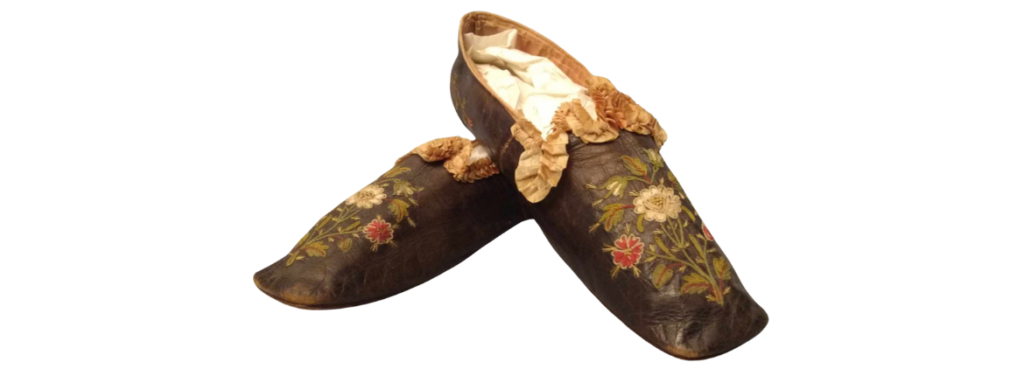
Embroidered ballerinas, ca 1830. Photo credits: Jankees Goud
On a beautiful table we see two shoes on a turntable. The shoes are small and quite damaged, but it is immediately clear that they are very old shoes. Antique shoes. Behind the table sit three people: a TV presenter, a beaming expert and a prospective owner. When asked, the owner says that she wore the shoes countless times as a child at fancy dress parties. The shoes are said to have come into her grandmother's possession through a French great-aunt, but no further information was available. The radiant expert shines more and more. He has made a great discovery. The shoes contained difficult-to-read handwritten text, which our expert deciphered effortlessly. It reads 'soulier portée par Marie-Antoinette en 1791, laissée à Varennes lors de son arrest'. The audience breathes a sigh of excitement: none other than Queen Marie-Antoinette has worn this shoe! There is a drum roll, the owner holds her breath and then the expert reveals the value…
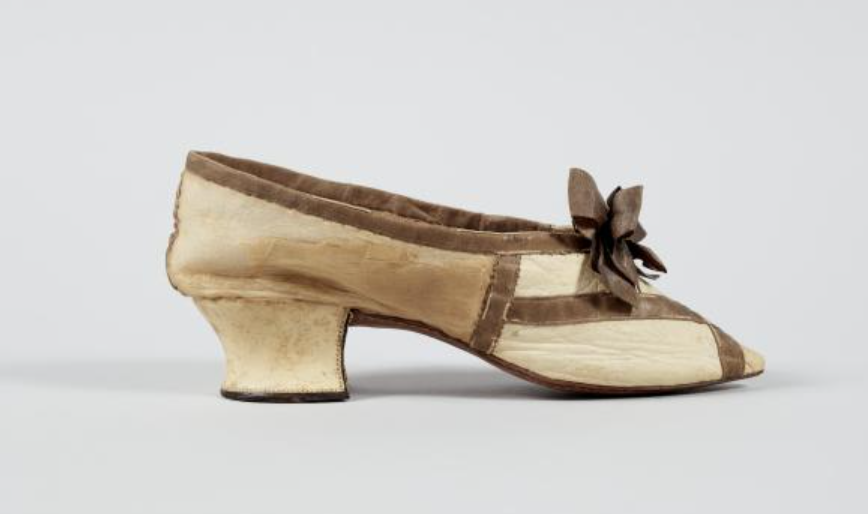
Marie-Antoinette shoe from Musée Carnavalet collection, Paris.
This could be the scenario of a program like ‘The Dutch Antique Road Show’. And let's be honest: it happens very occasionally. In 2020, a single shoe was auctioned that belonged to the unfortunate, 18.century French queen Marie-Antoinette. The auction value of the shoe was estimated between €8,000 and €10,000, but ultimately fetched a staggering amount of €43.750 !
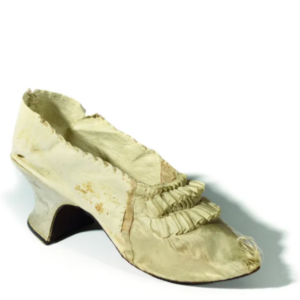
The €43,750 shoe Photo: Michel Bury-Osenet
The reality is a bit different. In general, 'old' shoes are hardly worth anything. In my blog About value: Hermès Birkin bags and teddybears I explain the ways in which we assign value to objects. Shoes are often classified in the Emotional Value category, sometimes in the Cultural Value category and only rarely in the Economic Value category. The rest (like many other utensils) are classified in the category 'Curiosities' or 'No value whatsoever'. Clearly, in all categories, condition matters; the more original and the less damage, the higher the value.
Often emotional value is not limited to the original user or a descendant of the user. A baby shoe can also appeal to a complete stranger. Baby shoes always attract attention in the museum. They are small and cute and appeal to visitors because they are associated with parents, grandparents, children and grandchildren. A baby shoe is therefore potentially more attractive for sale than Aunt Puck's worn-out shoes from the 1950s. Although, if aunty Puck finished second in the 200 meters at the Helsinki Olympics on these shoes, it's a whole new ball game!
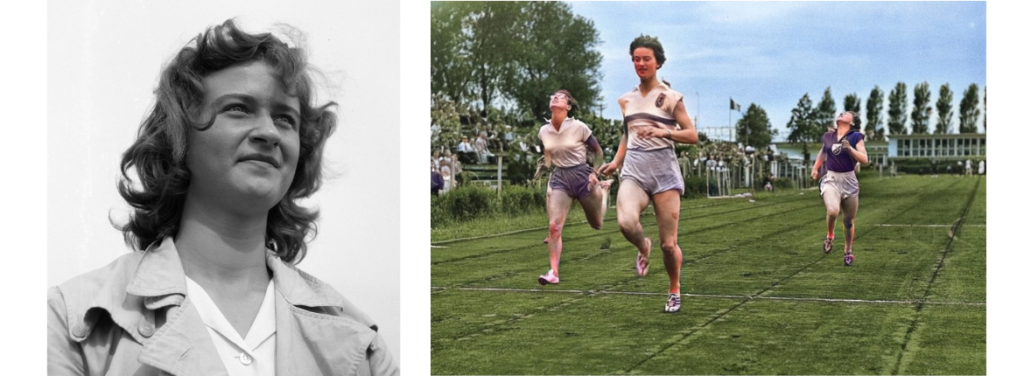
Dutch athlete Puck Brouwer in 1950 and during the 200 meters in Helsinki
Shoes that do yield higher sales values are antique shoes that are made of special materials or of which there are few and of course shoes (and of course bags) that can be demonstrably linked to a famous person or a special event. Like Marie Antoinette's shoe. By the way, I personally do not think that a written text is sufficient to qualify the origin as 'demonstrably proven'. For years, the current Dutch Leather and Shoe Museum, currently known as Shoe Quarterhad a pair of green silk pumps on display, said to have belonged to Marie-Antoinette. Years later I investigated the veracity of this claim, only to come to the conclusion that the shoes were a completely different size to begin with than the shoes kept in the Musée Carnavalet in Paris. These shoes are also suspected to come from the Queen's wardrobe. Later, an old description in the museum archives revealed that the shoes from the Dutch museum had once been purchased as 'shoes from the period of Marie-Antoinette' and that story had taken on a life of its own.
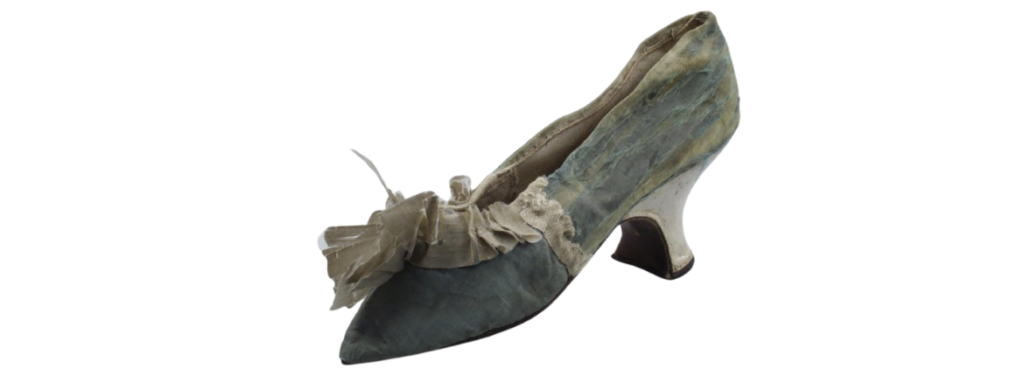
The alleged Marie-Antoinette pump. Photo: Schoenenkwartier
Recently, I was asked to value a pair of embroidered ballerina-type shoes. This simple model of shoes was very popular from about 1795 to the mid-19th century.. They were often made of textile, for example silk or cotton, with a goatskin lining. The soles were narrow and made of leather but offered little support or warmth. It is clear that such shoes were not worn by working women. The shoes I received for appraisal are made of brown leather and beautifully embroidered with floral motifs in green, white and red. The stitches used are the chain stitch, the satin stitch and the French button stitch. A pleated textile strap has been placed on the instep along the closing line for decoration.

Based on the shape of the toe, the shoes can be dated to approximately 1830. The leather soles are symmetrical; there is no difference between right or left shoe. This is common in the period 1600-1870 in European fashion footwear. Through wearing, the shoes have adapted to the shape of the feet. In this way a left and right shoe was created. On the sole of the shoe worn on the right there is an inscription in which only a G can be recognized. The shoe worn on the left has a name that looks like 'Gaastra'. The shoes are lined with textile (silk or cotton?). No further inscriptions are visible. The embroidery on the shoes suggests that the shoes were manufactured in France or England rather than in the Netherlands. However, the simplicity of the model allowed the uppers to be made by the wearer herself or by another embroiderer, after which a shoemaker attached the sole. The name Gaastra could therefore refer to the client, but that certainly does not have to be the case.
Considering their age and the way they are made, which lacks any form of reinforcement, the shoes are in good condition. The embroidery on the leather is special and in beautiful condition. Shoes with such embroidery from the period mentioned are not often offered for sale, so these types of shoes are interesting for collectors.
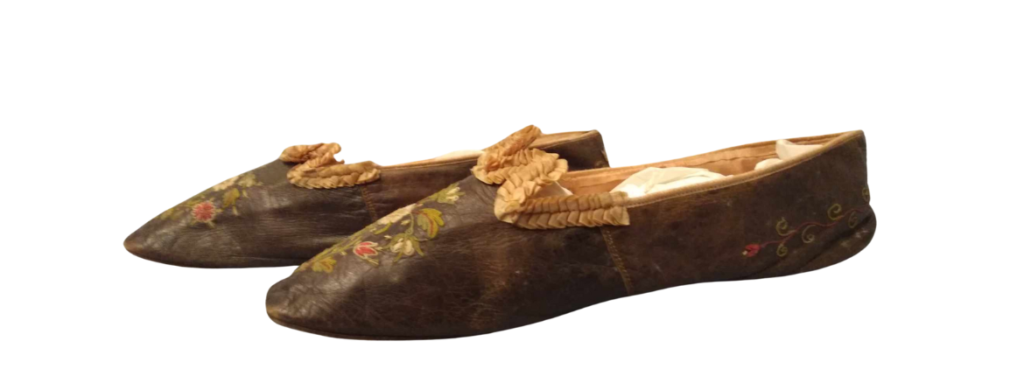
Now the drum roll follows, the owner holds his breath and then the expert reveals the value, which is considerably higher than the owner expected...
Obviously, I cannot share that appraised value with you. But let's just say you can buy a nice new pair of designer shoes for it!
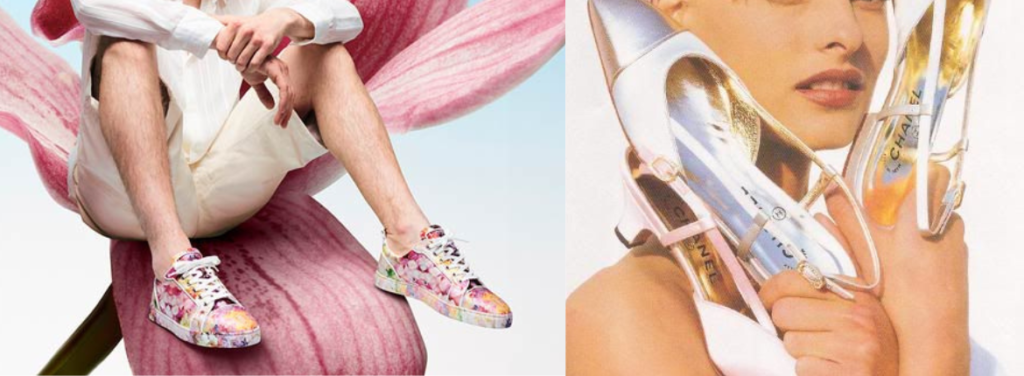
Are you also curious about the value of your (antique) shoes or bags? For just €15.95 you already know whether your item will break all sales records (or not).